BS6 TVS Ntorq 125 Race Edition review, test ride
The switch to fuel injection has made a small, but noticeable change to the TVS Ntorq 125 as we know it. We tell you all about it.
Published on Aug 17, 2020 06:00:00 AM
1,97,190 Views
Follow us on


The TVS Ntorq 125 has made quite an impact in the 125cc scooter segment, and for good reason. Its excellent mix of performance, features and practicality is difficult to ignore; and enthusiasts, as well as the younger demographic have generated good sales numbers for the model.
However, all was not perfect, and while the Ntorq was renowned for its fun factor, it achieved this by compromising in other areas. With the switch to BS6, TVS is clearly attempting to address this by broadening the scooter's appeal; but blunting a bit of what made the scooter so special to enthusiasts. Here are our thoughts.
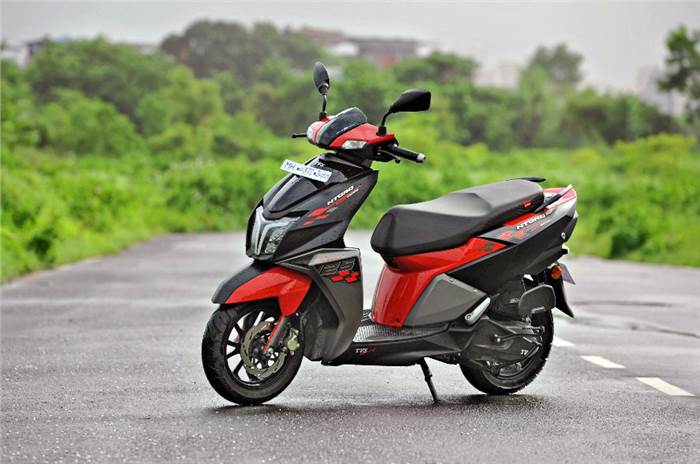
WHAT’S NEW WITH THE ENGINE?
The scooter still uses the same three-valve, 124.8cc single. The scooter even makes the same 9.4hp and 10.5Nm of torque, although peak power is made 500rpm earlier than the BS4 model. The big change for BS6, unsurprisingly, is the fuelling method – the scooter now uses fuel injection.
Enthusiasts will be happy to know that the reworked catalytic converter hasn’t affected the exhaust note, and the Ntorq continues to possess its throaty exhaust note. What they won’t be happy to know though, is that the scooter is now slower by a small, but noticeable amount. In our tests, 60kph comes up nearly 1sec slower than the BS4 model, at 9.06sec, while 80kph takes 2sec longer on the BS6 Ntorq. That might not sound like much when you consider that it's only a scooter, but these numbers make it slower than some ‘family’ 125cc scooters.
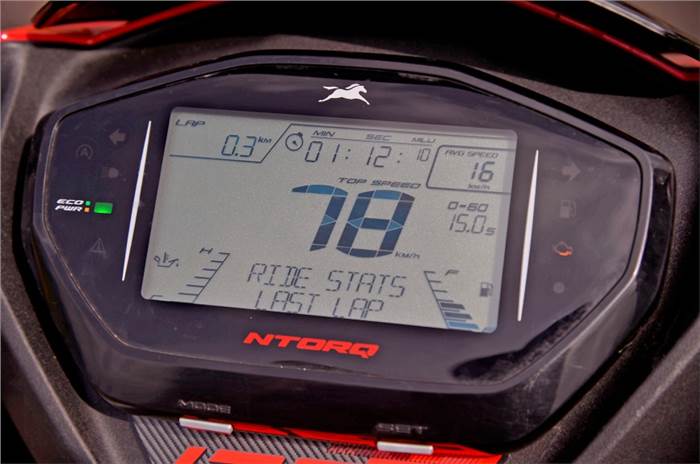
The BS4 Ntorq had an exciting urgency to its power delivery that the BS6 unit lacks. The acceleration now seems a little more linear and the scooter no longer surges at 50kph, like it used to. Yes, this isn’t the first time we are witnessing a loss in performance with the switch to the stricter emission norms, but the upside is that there is now a pretty significant improvement in fuel-efficiency numbers, which is a good thing.
We spent a year with the BS4 Ntorq and found that the scooter could be quite inefficient if ridden aggressively, which is something that it used to actively encourage. Our official BS4 fuel-efficiency test figure was 45kpl in the city, where we flowed with the traffic and maintained an average speed of around 25kph. On the highway, the older scooter gave 49.1kpl; however, the BS6 scooter now returns 52.6kpl in the city and 57.6kpl on the highway. It is worth noting that the city figures are a bit higher than they used to be, thanks to the lower volume of traffic on the road these days – but that's still a sizable increase.
HOW DOES IT RIDE AND HANDLE?
At 118kg, the BS6 Ntorq 125 weighs 2kg more than the model it replaces. Truth be told, you can’t really feel the increase, but the scooter still feels (and is) heavier than some of its competitors. Having said that, the TVS does have large, 12-inch wheels at both ends. These wheels are shod with wider rubber than its rival and this results in really impressive handling and high-speed stability. The Ntorq sits at high speeds comfortably and will outperform most of its rivals in twisty sections. The scooter also doesn’t compromise on ride quality and the suspension has a soft and supple feel.
Adding to that, the Ntorq also continues to be really spacious. The tall handlebar and low seat height give even riders above 6ft enough room, without putting them in an awkward riding position. The seat, however, continues to be a little too soft for our liking and isn't long enough towards the rear, which reduces room for the pillion.
The brakes continue to impress, and the large front disc offers good feedback as well. We haven’t had the opportunity to sample the drum-brake-equipped base variant, but it’s a model we’d recommended avoiding anyway.
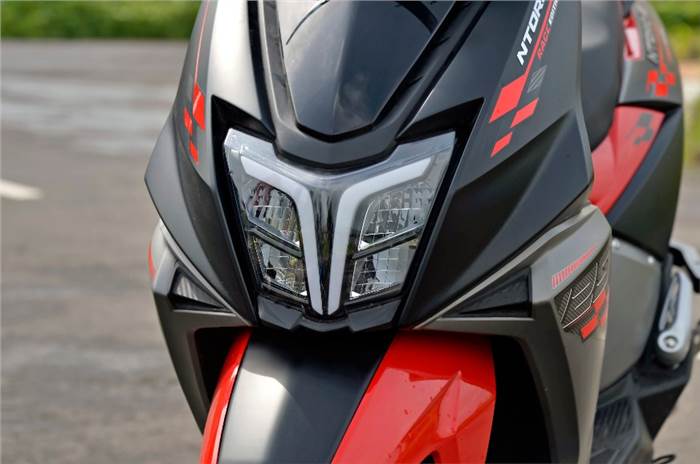
WHAT ABOUT THE STYLING AND FEATURES?
Not much has changed when it comes to styling since its launch, but the scooter continues to look quite fresh. What TVS did do is add a ‘Race Edition’ which is essentially a unique colour scheme. Available in red or yellow, it gets sporty-looking graphics and body-coloured panels that in place of the plastic finish ones seen on the standard drum- and disc-brake variants.
The Race Edition is also the only one that gets the impressive LED headlight. This headlight also runs on DC and features a unique T-shaped DRL. The beam from the new headlight is stronger than the Halogen-powered headlight. The headlight is also always on, which is why TVS has added a hazard-light switch in its place. However, the old indicator chime feature has been removed. You’ll also find an OBD port under the seat, but that’s mainly for diagnostics at the service centre.
What continues to deserve special mention is the Ntorq’s digital dash. It's the same as before and displays a lot of information and even pairs with your phone to enable functions like GPS. This instrument cluster continues to remain the best in its class.
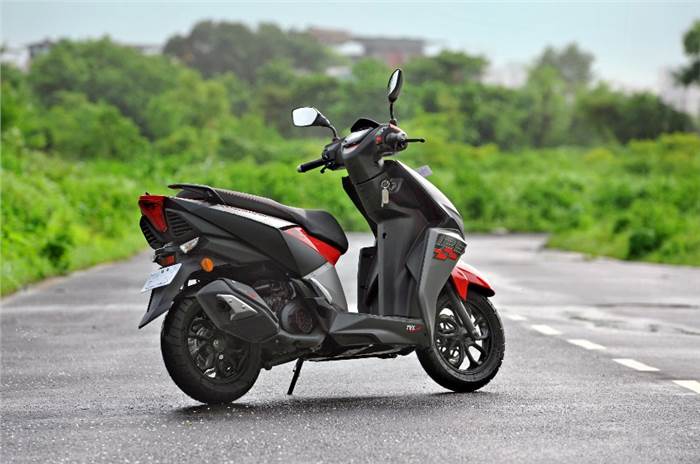
SHOULD I BUY ONE?
The TVS Ntorq 125 is a little different from what it used to be. It still has sharp looks, great features, and it still handles very well; but it has lost some of its exciting performance edge. That being said, it has evolved into something more suited towards all types of buyers rather than just the ones who want their scooters to make them smile. As an enthusiast and former owner myself, I’d rather have lower kpl and more smiles per litre – but that's just me. TVS cannot be faulted for this change and it looks like the company is responding to customer feedback.
Nonetheless, the Ntorq continues to be a fun and well-equipped scooter that comes at a fair price. At Rs 74,365, the Race Edition costs around Rs 2,500 more than the standard disc-brake equipped variant. If you’re okay with the loud colour scheme, it’s the variant we’d recommend.
Tech Specs 
Copyright (c) Autocar India. All rights reserved.





















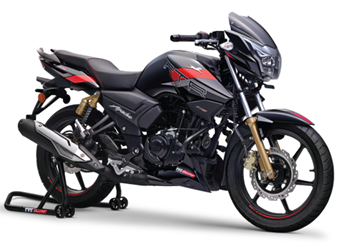






 Wheels and Tyres
Wheels and Tyres Dimensions & Chassis
Dimensions & Chassis Price
Price Engine
Engine Braking
Braking Efficiency
Efficiency Acceleration
Acceleration Max speeds in gear
Max speeds in gear
Comments
Member Login
Personal Details
No comments yet. Be the first to comment.